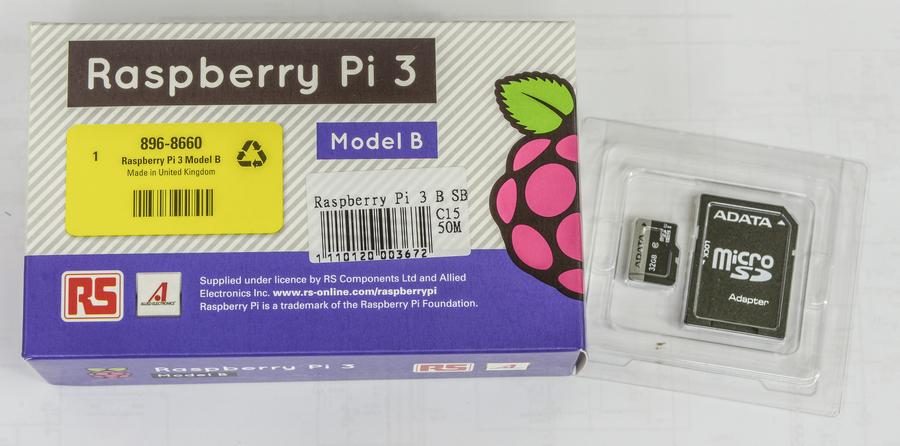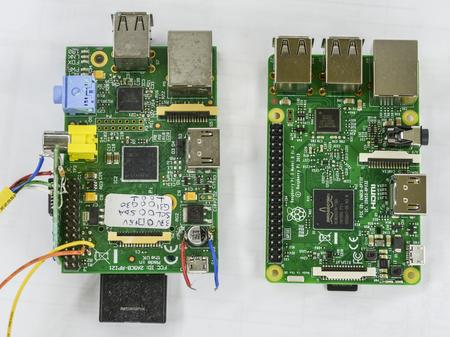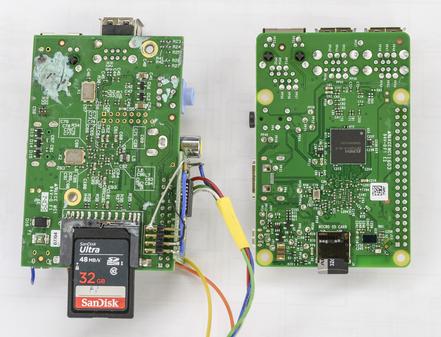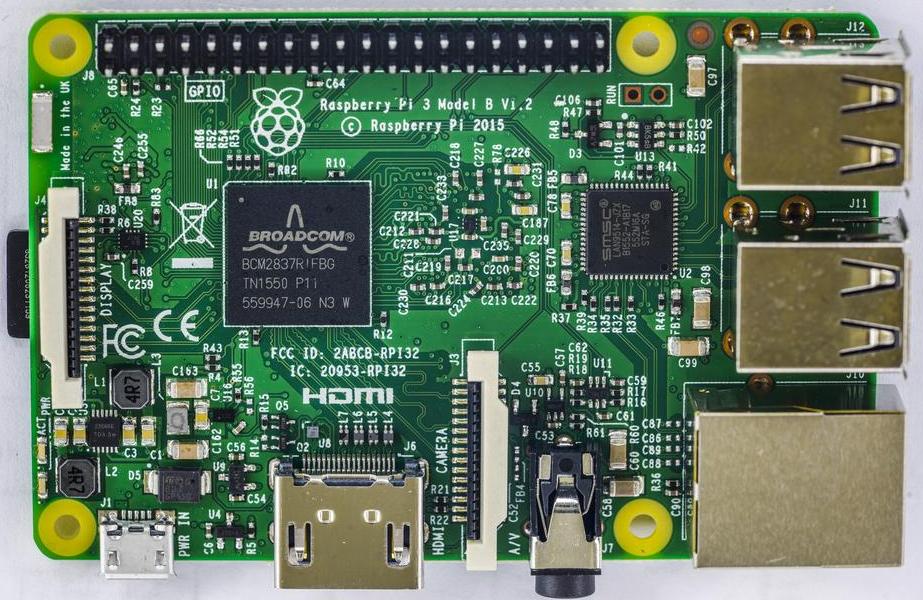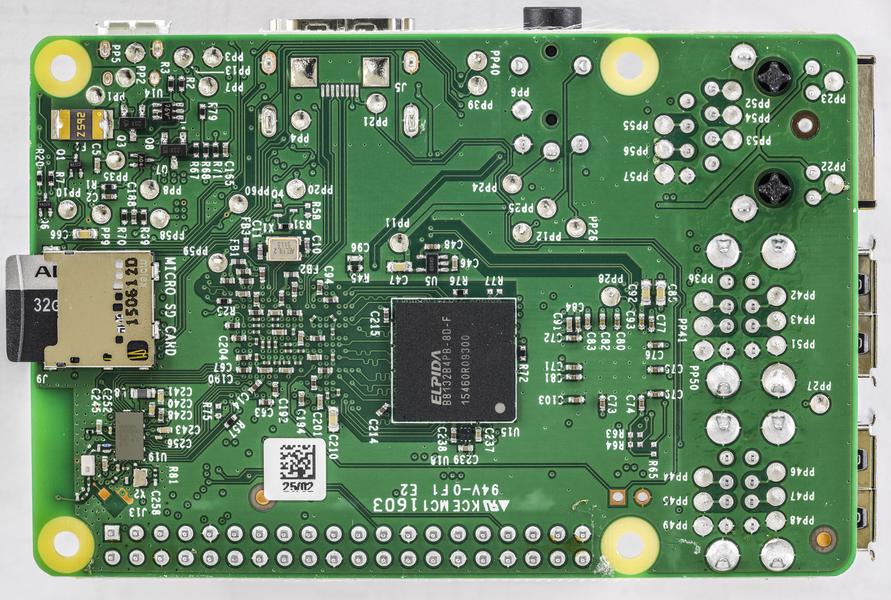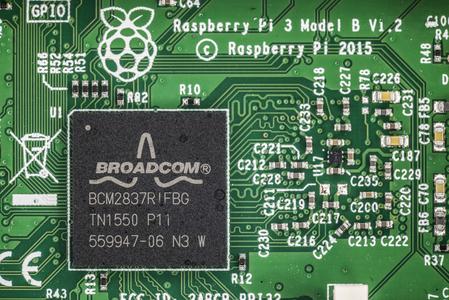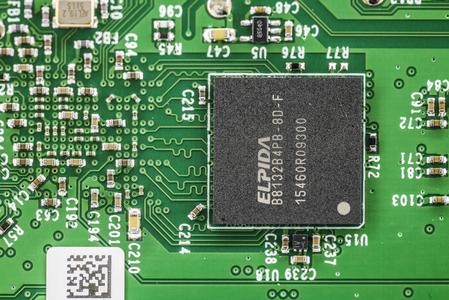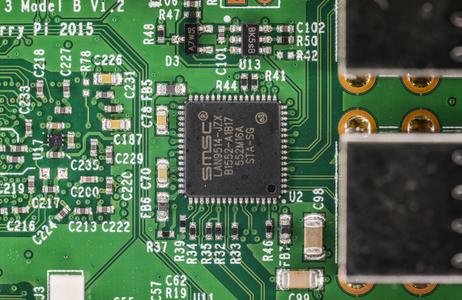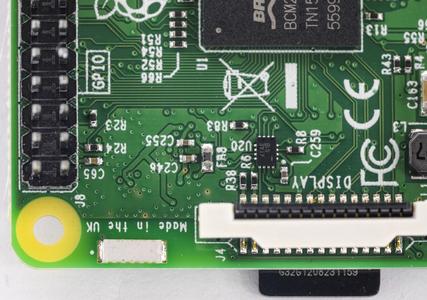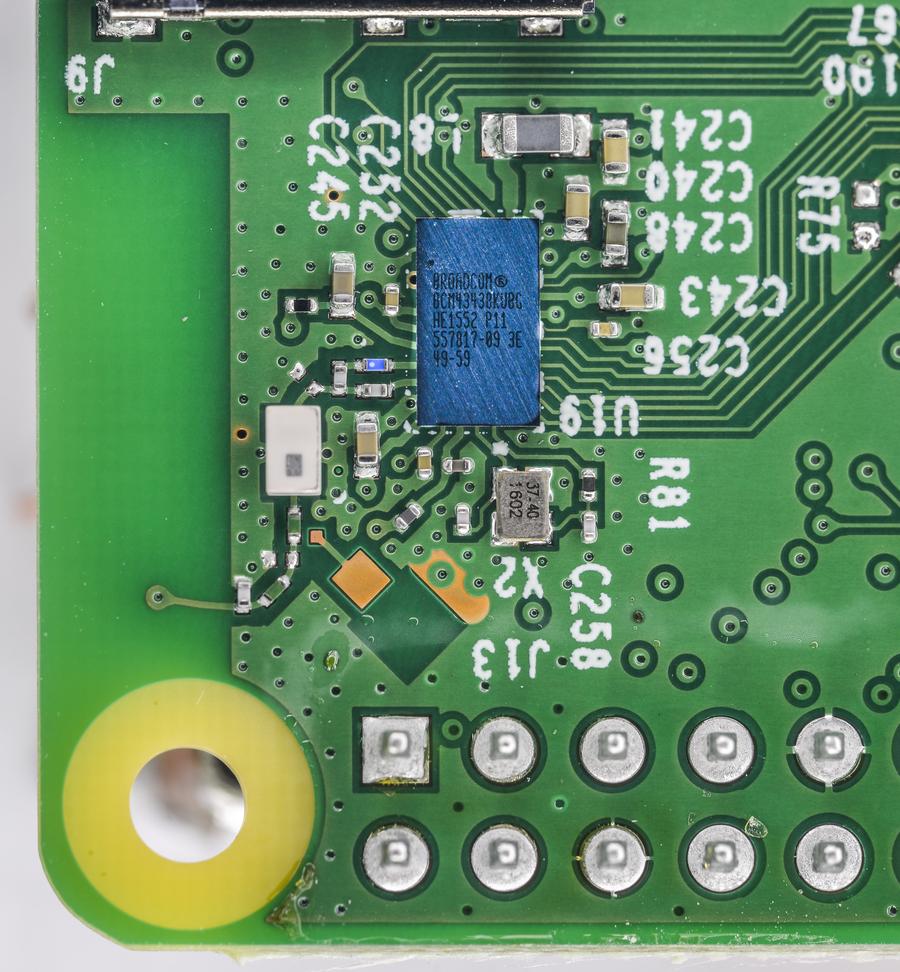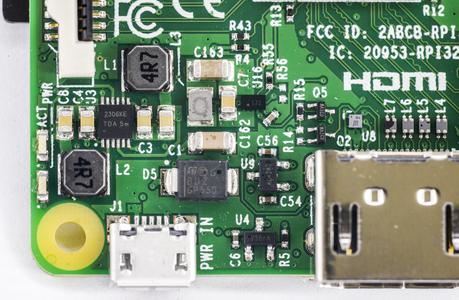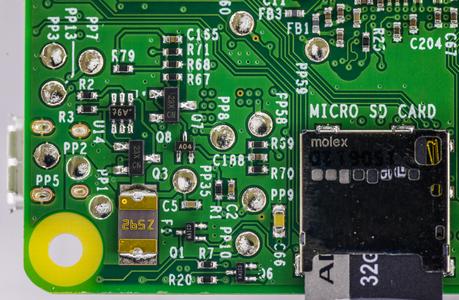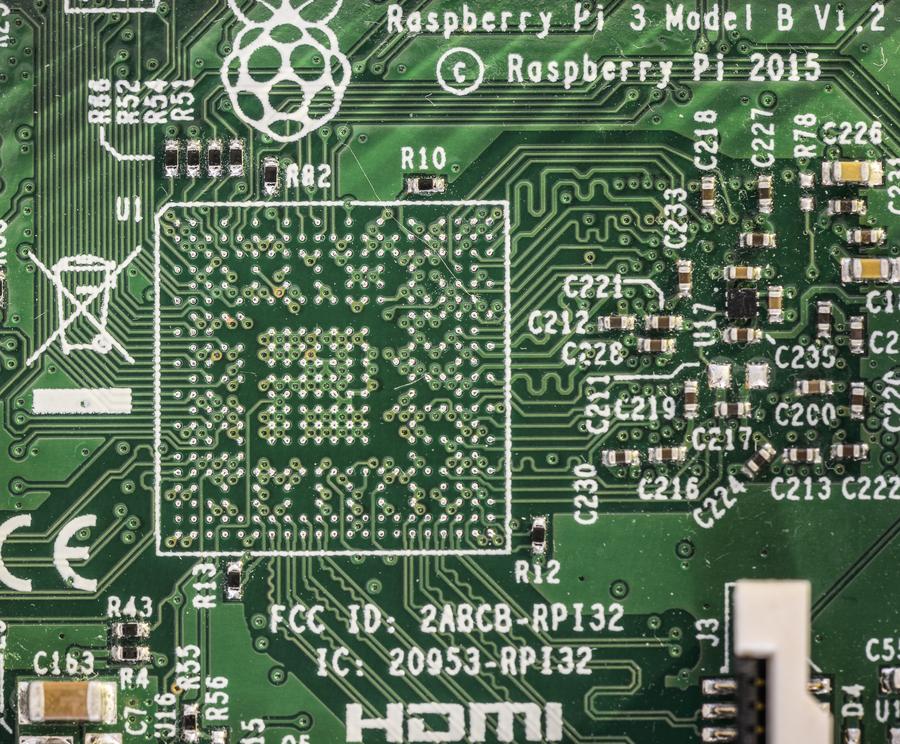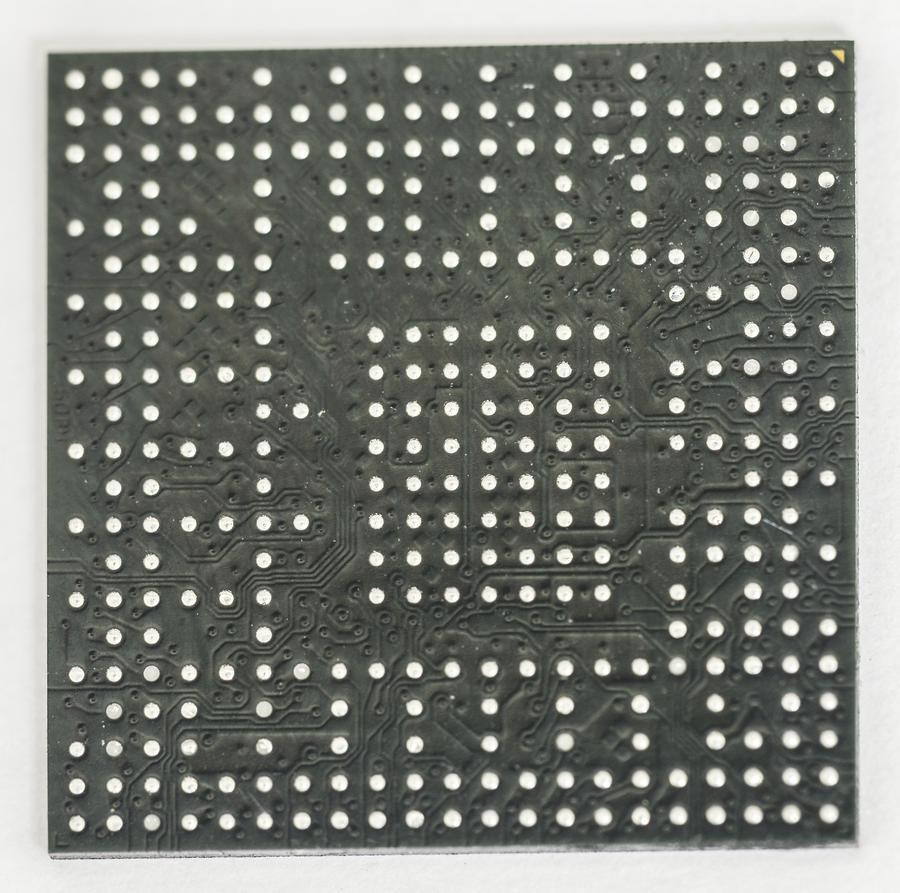Intro
On 29 February 2012, world makers and hackers got ARM-based SBC, which is known today as simply Raspberry Pi. Plastic card sized unit become quickly popular due to ease of use, versatility and community support. Raspberry Pi Foundation launched refresh, Model Pi 3 just four years after, 29 February 2016, keeping same footprint and base but with additional power, upgraded CPU and onboard WiFi/BT.
Raspberry Pi 3
Here’s retail package kit appearance:
And comparison to my previous Model Pi 1, which I was using last few years for various tasks around the lab and mostly for interfacing GPIB-instrumentation over linux-gpib.
Top side reveals main processor package, wireless interface antenna near GPIO connector and some other auxilary components. Overall look and layout is very similar on all the Pi’s, so no surprise here.
Upgraded processor Broadcom BCM2837 able to run 64-bit instructions with 1200MHz clock speed, using four ARM Cortex-A53 cores, and combine it’s graphics power from VideoCore IV GPU. Thanks to faster processor, latest Jessie Linux distro is finally useable with graphical interface for stuff like browsing web, checking mail, doing programming work. It’s a big improvement compared to single-core Pi 1, on which I usually don’t even bother installing graphics. New Pi3 is also about 50% faster to previous Pi2, even though both of them have same 1024MB of shared DRAM space available.
Bottom side features DDR3 SDRAM chip, Broadcomm wireless chipset in CSP-package, microSD slot and lot of various passive components, with decoupling capacitors even in tiny 0201 package.
Some closer look shots:
WiFi/BT chipset is handled by single package, Broadcomm BCM43438, with no documentation available. According to some scarce bits of online information this chip capable of providing 2.4GHz 802.11n WiFi connection, Bluetooth Low Energy, and Bluetooth 4.1 Classic radio interfaces.
Well-known 10/100 RJ45 LAN jack is also there, supported by USB 2.0 hub / 10/100 Ethernet controller SMSC LAN9514.
Latest distro at time of writing was full desktop image based on Debian Jessie
Before installing packets and tools, always worth to update system’s package list:
sudo apt-get update sudo apt-get dist-upgrade
For space saving, you can later clean cache from /var/cache/apt/archives by running cleanup command sudo apt-get clean. Also here’s rare shot and look on main processor BGA footprint on Pi3 PCB:
Processor BGA itself:
Modified: Dec. 25, 2016, 6:12 p.m.

